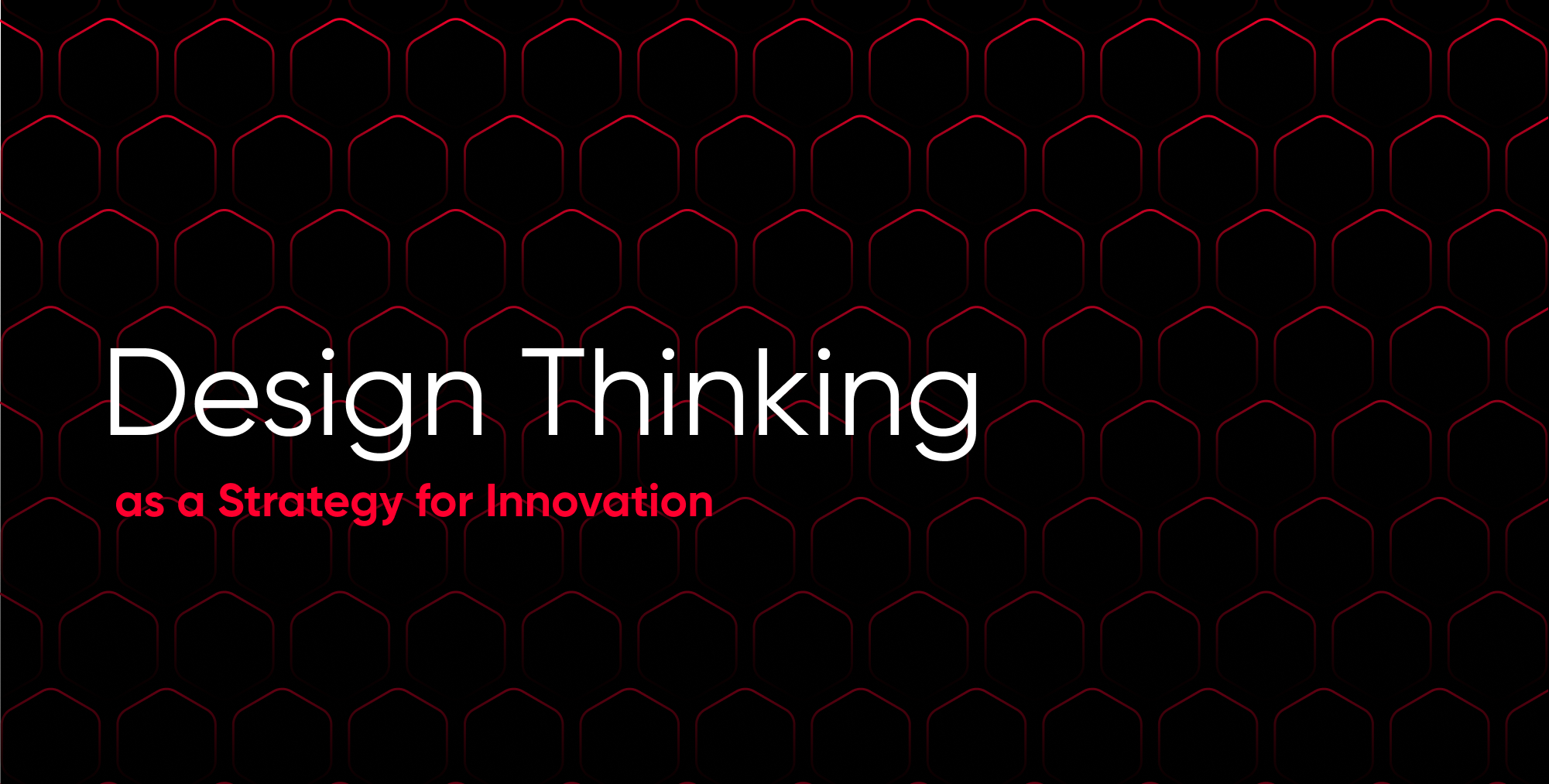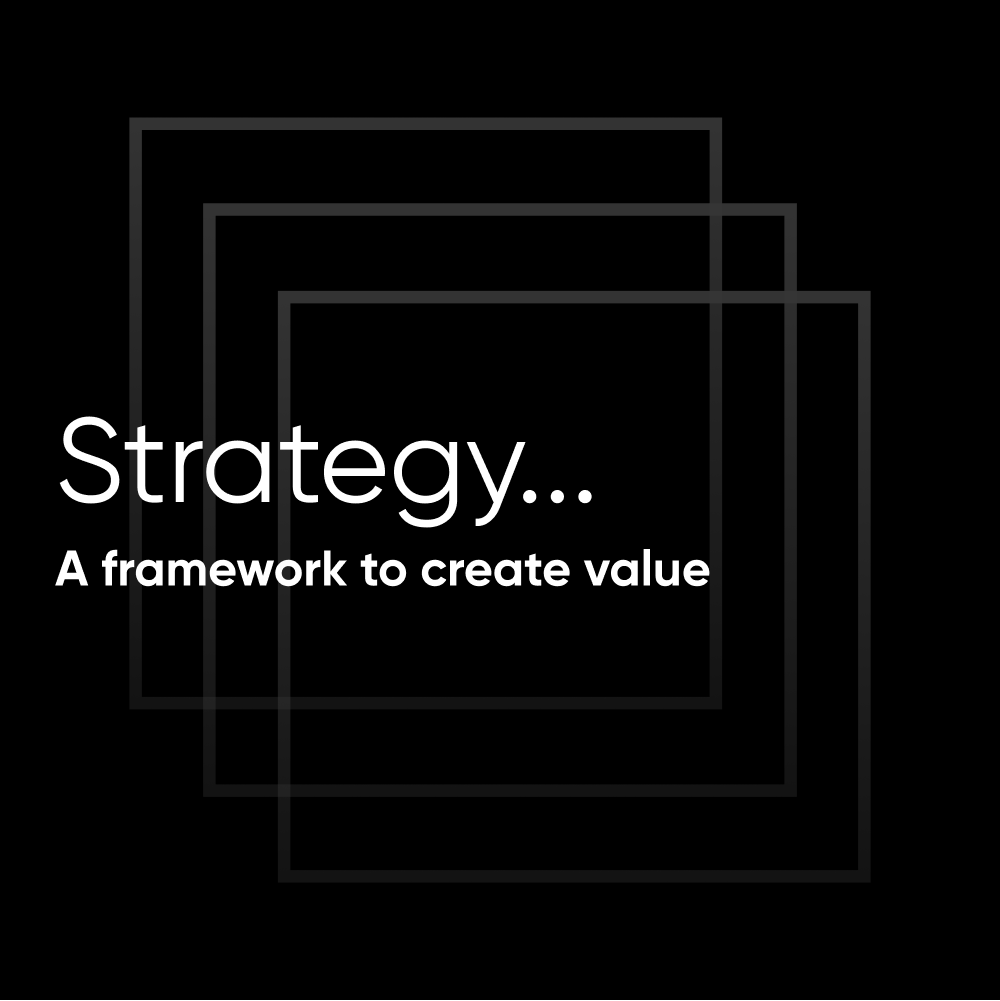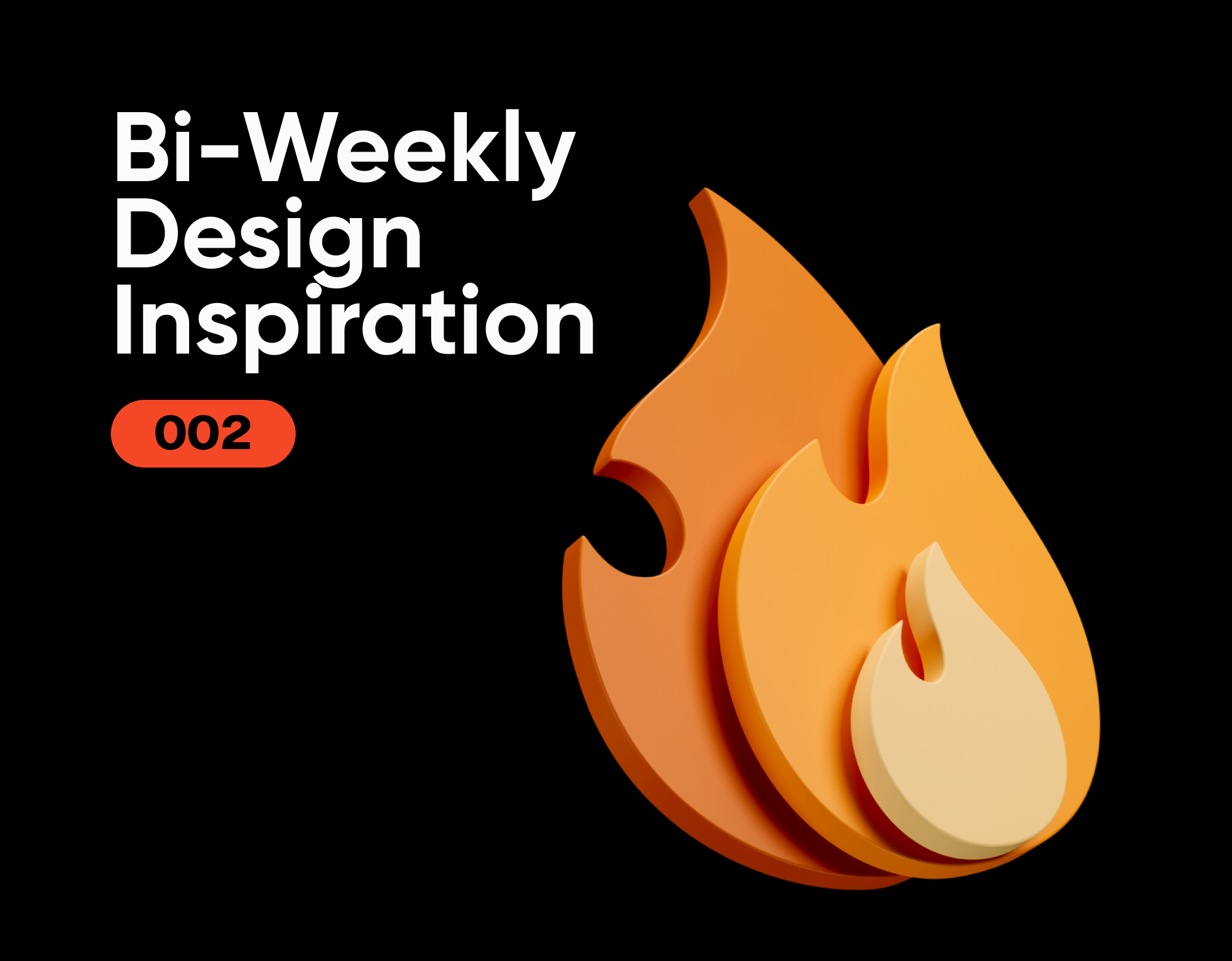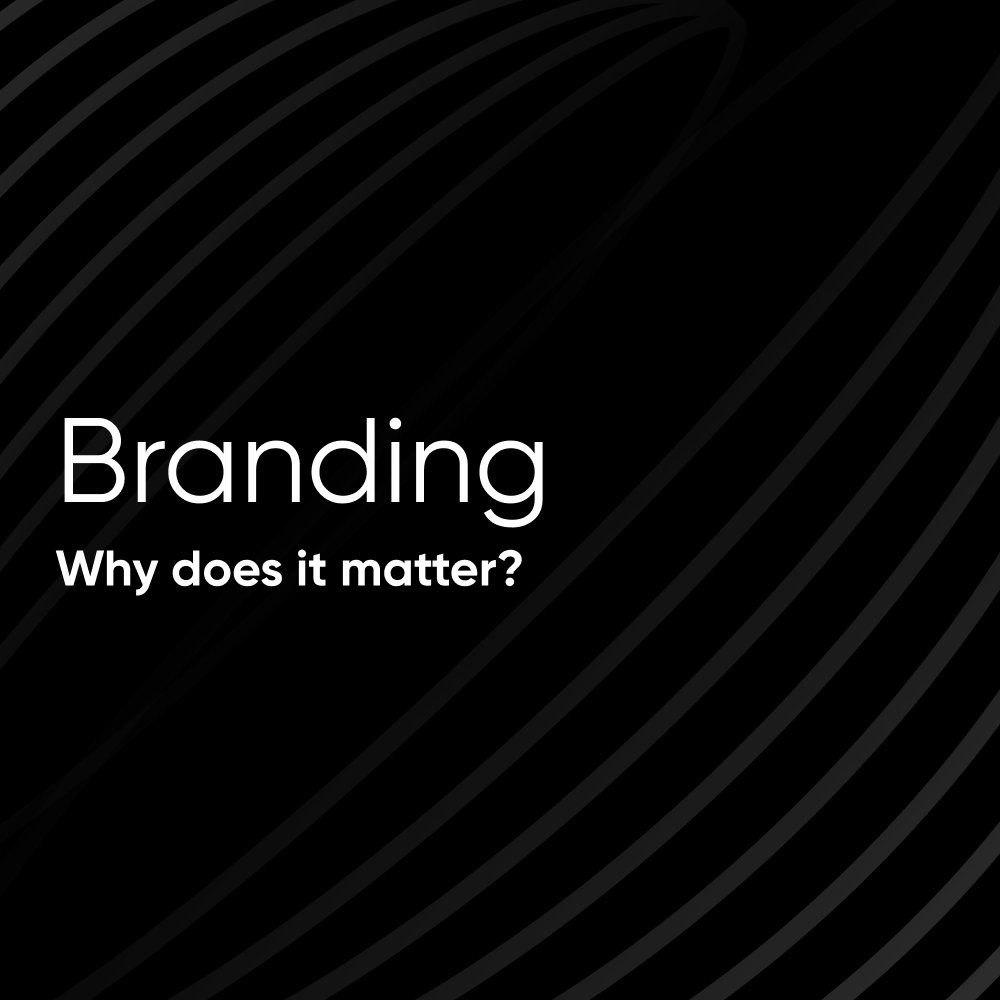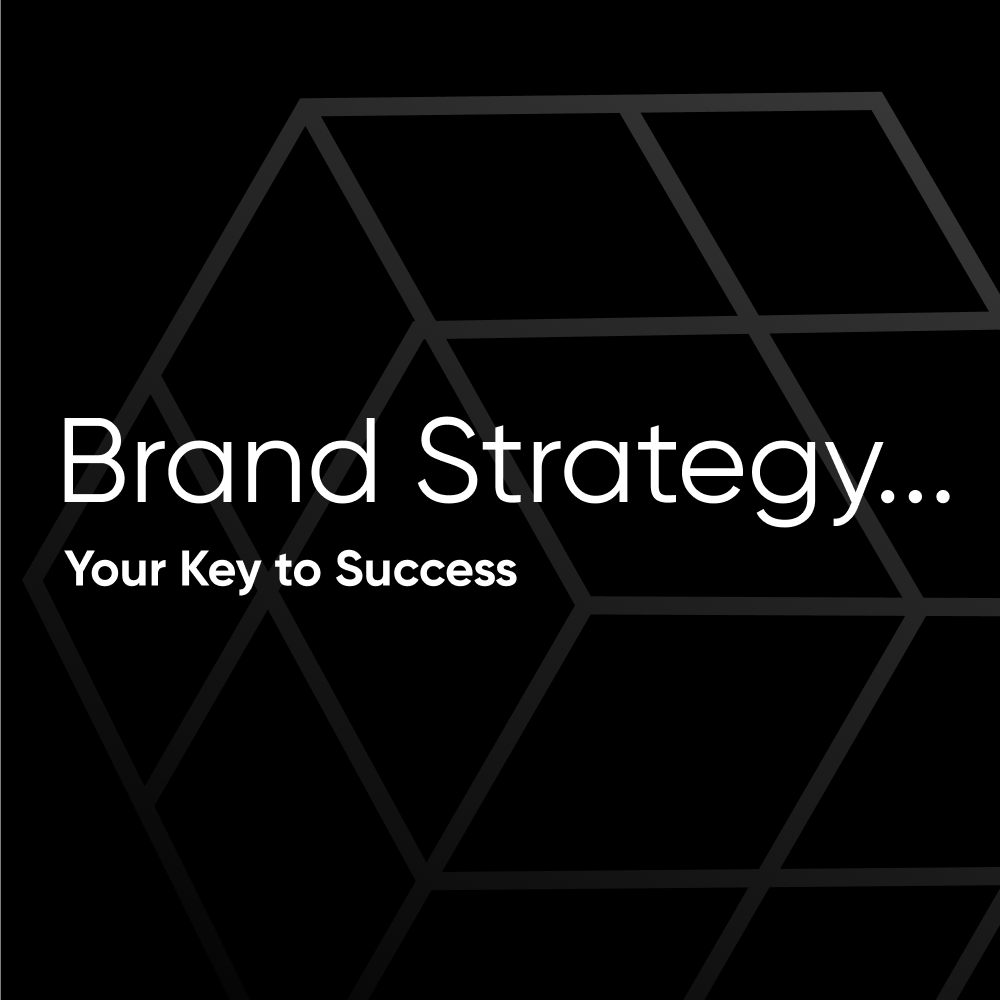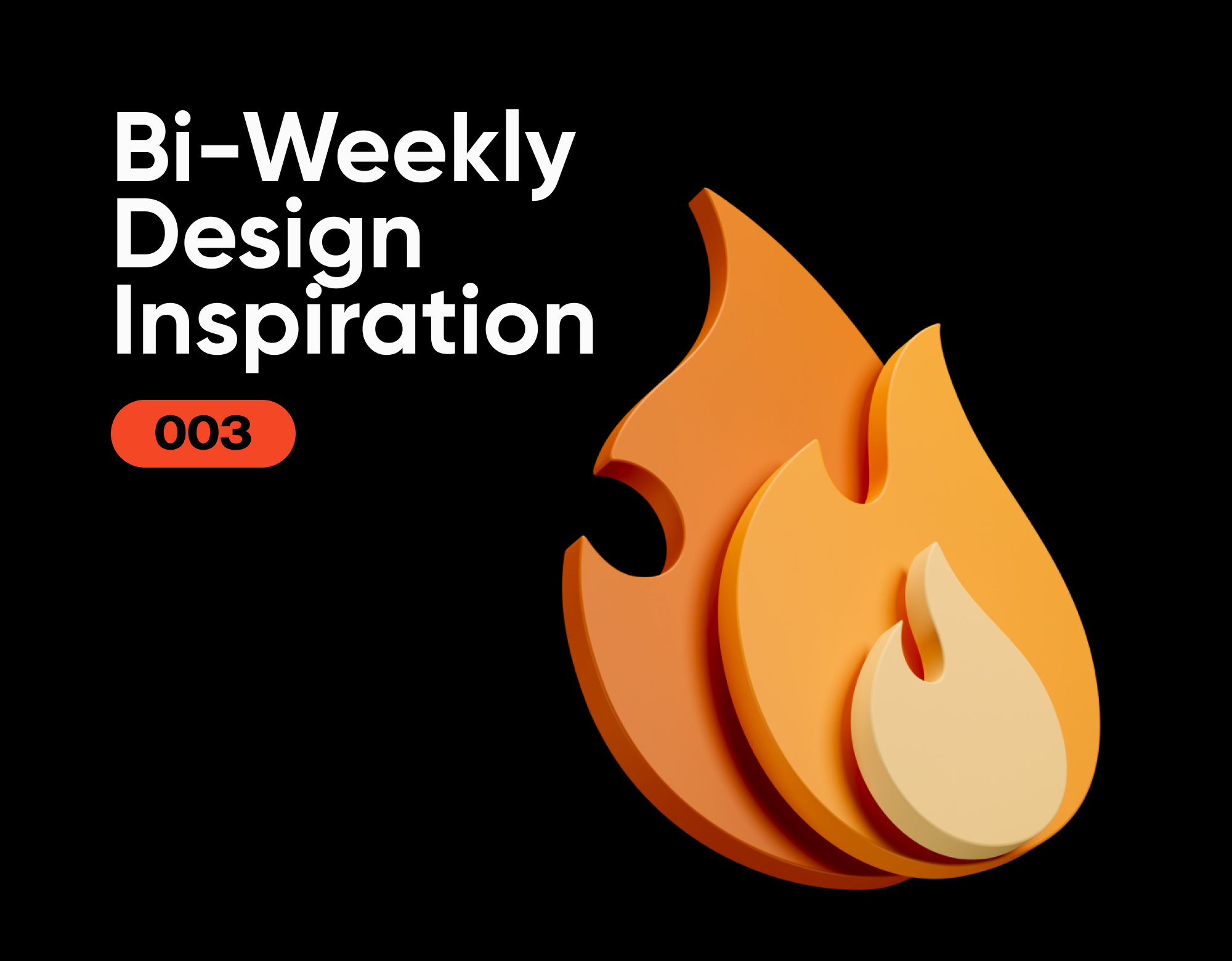If you are looking for an innovative, creative, and strategic solution to overcome your challenges, Design Thinking may be just what you need.
In this article, we will highlight Design Thinking, illustrate exactly what the process involves, underline why it matters, and, if implemented correctly and strategically, how Design Thinking can affect business outcomes and bring a real competitive advantage.
What is Design Thinking?
It is based on the methods and processes used daily by designers, but it has actually evolved from a range of different fields. Nowadays, Design Thinking is used in Product and Service Development, Business Development, and even Strategy Creation.
What drives Design Thinking?
Most companies are optimized to execute and overcome a specific challenge. Design Thinking comes in creative and innovative ways to help improve the process of designing applications or products and solve complex problems. After all, Research shows that a satisfied consumer leads to higher lifetime value and a stronger brand reputation.
What is the story behind Design Thinking?

David Kelley and Hasso Plattner are two business consultants who developed a model that would change the way engineers, designers, educators, business executives, and social entrepreneurs around the country solve human problems.
His passion for using design to help unlock creative confidence in everyone from students to business executives drove him to found the Hasso Plattner Institute of Design at Stanford University alongside six other professors and George Kembel in 2004.
Design Thinking Stages
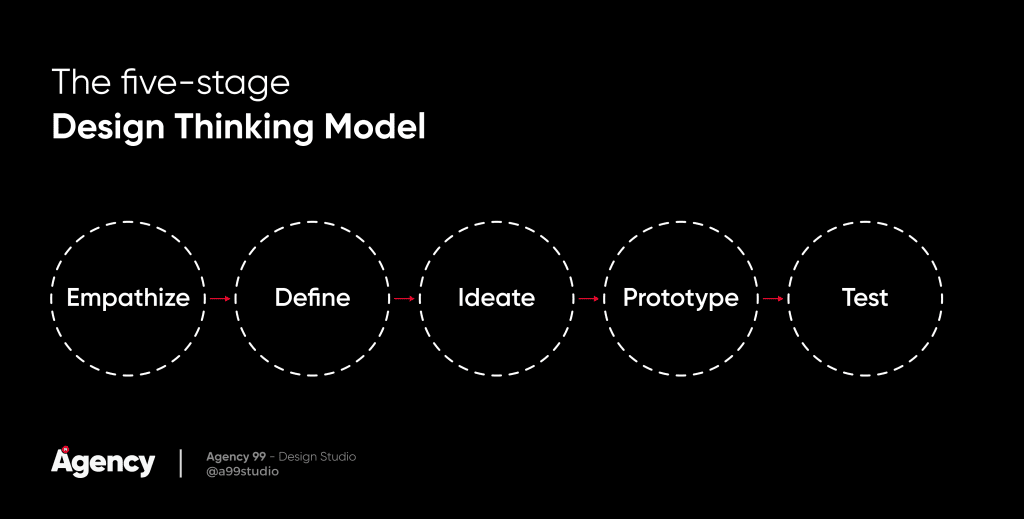
The five stages of Design Thinking, according to the Hasso Plattner Institute of Design at Stanford (d.school) that enable innovation, are as follows:
During this stage, you are interacting with users a lot. Observing what people do and how they interact with their environment gives you clues about what they think and feel.
The main task here is to develop a sense of empathy towards the people you are designing for and gain insights into:
- What they need
- What they want
- How they behave, feel, and think
Stage 3: Ideate
This is where you start coming up with solutions, as many as you can. Be creative.
During this step, you can host an ideation workshop in which a facilitator can guide participants through exercises to come up with ideas for the situation you want to solve or the product you want to develop.
Consider using techniques like brainstorming, storyboarding, and scamper to create a list of as many solutions as possible, which you can then narrow to the most viable options.
Stage 4: Prototype
For this step, you should be primarily working on identifying the best possible solution for each problem found.
Your team’s job is to create low-resolution prototypes that are quick and cheap to make, but can evoke useful feedback from users.
Stage 5: Test
This is where the magic happens.
You should solicit feedback about the prototypes you have created. You can use an online testing platform, or simply find individuals in the target demographic to test the prototypes and try your solutions out.
Design thinking is iterative: Teams often use the results to redefine one or multiple problems. So, you can return to previous stages to make further iterations, alterations, and refinements – to find or come up with creative and innovative solutions.
Design Thinking for innovation
Design thinking is created due to the lack of ability to be creative in extreme cases, and it is used when companies aren’t able to create new products and services that meet the needs of their customers.
Today, the ability to think like a startup and operate in a highly agile and creative way is critical. And innovation must be everyone’s responsibility. That is why we all need design thinking. At every level in every kind of organization, design thinking provides the tools and techniques you need to become an innovative thinker and uncover creative opportunities out there.
Summary
Nowadays, multiple design thinking models are being developed. Choose your model carefully, you will get to understand what works and what doesn’t work by observing your prototype in operation.
From this, you will be able to adjust the product or service while continually improving and refining it based on feedback from real users.
